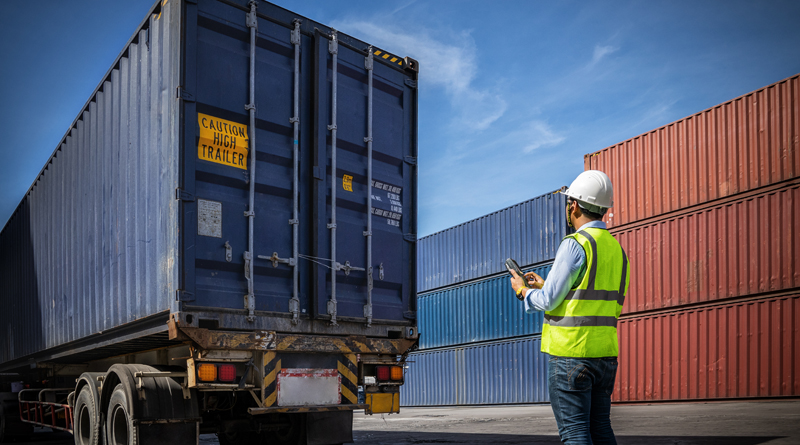What Defines Container Weight as Mis-Declared?
What Defines Container Weight as Mis-Declared? From the 1st July 2022, Ocean Network Express, the 7th largest container line in the world by capacity, implemented a penalty fee known as a Weight Discrepancy Charge. The penalty fee is applicable if there is a misdeclaration of cargo weight details at the time of submission of booking and if the weight deviated +/- 3 tons from the weight submitted.
But what exactly constitutes an overweight container, and how does one mis-declare container weights? We look at the ins and outs this month.
WHAT DEFINES AN OVERWEIGHT CONTAINER?
Every shipping container has and should have a valid safety approval plate called CSC (Container Safety Convention) plate in order for it to be used in international trade in accordance with the provisions of the International Convention on Safe Containers of 1972.
The role of said Container Safety Convention plate is to confirm that a container has been inspected and found to be in a condition suitable for haulage on board any given ship. This plate offers several key details, such as allowed maximum gross weight. In short, a container that exceeds the allowed weight given on a Container Safety Convention plate will be considered overweight.
CARGO WEIGHT MIS-DECLARATIONS
Misdeclaration of cargo weight is nothing new in shipping – in fact, it has been continuing for years and is used to either escape additional charges related to product price, to hide the valuable or illegal nature of the cargo or down to pure laziness.
These mis-declarations have been a thorn in the side of the shipping industry, and both carriers and customers alike have suffered a range of consequences due to such mis-declarations. These weight mis-declarations have serious knock-on effects in many areas, primarily putting innocent seafarers and dock workers at risk.
Onboard the ship, the containers are generally stowed with the heavy containers at the bottom, either on the deck or underdeck of the ship, and the lighter containers on top of these containers. This is done to maintain the ship’s stability and achieve an even spread on board. The ship’s stability is a VERY vital factor that is taken into consideration while planning the ship’s loading.
If the weight distribution in the stack is not adhered to as prescribed in the Cargo Securing Manual due to this mis-declaration, it may result in:
– failure in container stowage and securing devices due to overstress
– damage to containers or loss of containers overboard
CLOSING THOUGHTS
With the above in mind, ensuring that container weights are correct is not only essential to remove the risk of charges but also to ensure you are taking into account the lives of others and the complications overweight containers may provide.
ABOUT UNEEK GROUP
Does all of the above sound a bit worrying? Thankfully, Uneek Group has got you covered. At Uneek Group, we have unprecedented experience in importing and freight forwarding.
Email: [email protected]
Phone: +44 (0) 20 8984 0425
Uneek Forwarding is part of the Uneek Group Ltd

